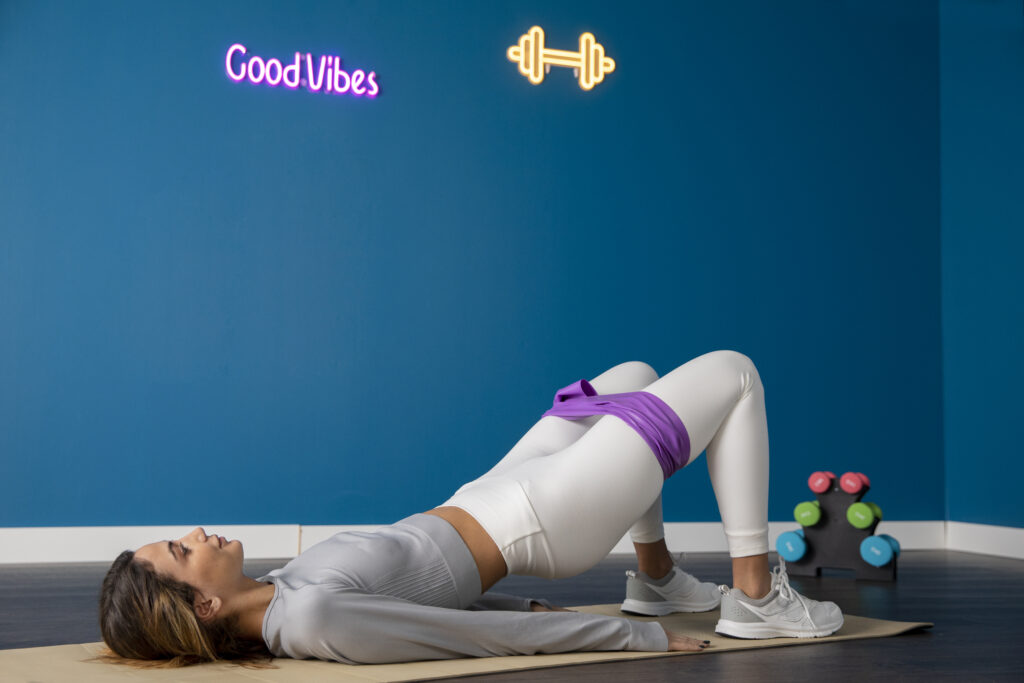
If you leak urine while jumping, lifting, throwing, or running, then you might be experiencing urinary incontinence. Urinary incontinence while exercising is quite common, particularly in the case of women, often putting you in an inconvenient or embarrassing situation.
However, the good news is that there are several treatment options available to deal with urinary incontinence. Here’s all you need to know about incontinence, its causes, and the treatments available.
What Is Urinary Incontinence?
Leaking urine while working out happens due to a condition called Stress Urinary Incontinence (SUI). SUI is a result of a weak pelvic floor or sphincter muscle, which puts more pressure on your bladder, leading to urine leakage during any high-force activity.
SUI commonly happens due to childbirth, but other conditions like chronic coughing, surgical procedures, menopause, and obesity can also contribute to the condition.
What’s It Like To Experience Urinary Incontinence When Exercising?
The main sign of SUI you can experience is leaking small amounts of urine during your workout sessions. If you experience incontinence while exercising, you might experience other forms of stress incontinence.
This can include leaking urine when you –
- Laugh
- Cough
- Sneeze
- Bend over
- Lift heavy objects
- Engage in sexual activity
How Is Urinary Incontinence Diagnosed?
If your incontinence while exercising happens only once or very occasionally, most likely, you don’t need medical treatment for it. However, if you’ve had multiple cases of incontinence while exercising, consider consulting a healthcare professional.
Your healthcare professional will go over your medical history, your symptoms, and any medications might be taking. They might also ask for a –
- Complete physical examination and a pelvic examination.
- Urine sample test to look for any infections or other abnormalities
- Urinary stress test to understand your bladder’s responses to regular activities
- Neurological exam to make sure your pelvic nerves are functioning well
- Ultrasound to check how much urine is left in your bladder after you urinate
How To Treat Urinary Incontinence While Exercising?
There are a few surgical and non-surgical options available for SUI during exercise. However, the best treatment for you depends on factors like your overall health and the severity of your incontinence.
Non-Surgical Approaches
-
Pelvic Floor Exercises
Pelvic Floor Exercises or Kegel exercises are probably the easiest and the most natural way to strengthen your pelvic floor muscles, which involves squeezing and releasing these muscles several times a day. Here’s how to do the Kegel exercise to help stop urine leakage during physical activity.
- Try locating your pelvic floor muscles.
- Once you locate these muscles, start by tightening them for 3 seconds, then relax for 3 seconds. This is one Kegel.
- Repeat this for 10 times. This is one set.
- Perform one set in the morning and one set at night.
Try increasing the duration of holding and relaxing your muscles as you gain strength, like holding and relaxing them for 5 seconds each.
-
Bladder Training
Bladder training involves following a strict bathroom schedule until your bladder starts responding normally. For instance, you might start by urinating every hour. Gradually, you can increase the time gap between your bathroom visits, thus training your bladder to hold urine for longer periods. An urologist or pelvic floor therapist can help you create this bladder training plan.
-
Vaginal Pessary
Some women have incontinence due to pelvic organ prolapse, like the bladder or uterus dropping into the vagina. A vaginal pessary is a silicone device that can be placed in the vagina to provide more support to these organs.
There are different types of pessaries available. Some you can insert and take out yourself, while others can stay in place for up to three months. Your healthcare provider can help you select the one that is best suited for your body and your SUI severity.
-
Urethral Inserts
Urethral inserts are small devices inserted into the urethra to prevent urine leaks during a specific activity, such as an intense workout session.
Surgical Approaches
-
Slings
A sling is a mesh usually made from a synthetic material, which can be surgically placed under the urethra to provide support and prevent urine leakage.
-
Urethral Injection
This involves having a bulking agent injected into a woman’s urethra to thicken it and provide support. However, this is a short-term solution, and you may need to get injections again within a year or after.
-
Burch procedure
It involves stitches attaching the bladder, neck, and urethra to surrounding abdominal tissue. This helps support the urethra and sphincter muscles (the muscles that open and close the urethra) to stop urine leakage. This procedure is also known as a bladder neck suspension or retropubic colposuspension.
Conclusion
Don’t let incontinence hold you from staying fit. People often stop working out due to repeated urine leaks, but regularly engaging in physical activity is essential to keep yourself healthy. As you can see, there are permanent solutions available for incontinence during exercises. Once you consult a urologist and start taking care of yourself, you can regain control over your bladder function, exercise more comfortably without worrying about bathroom breaks, and have more beverage options for yourself to hydrate.
References:
Food and Drug Administration. Stress Urinary Incontinence (SUI). https://www.fda.gov/medical-devices/urogynecologic-surgical-mesh-implants/stress-urinary-incontinence-sui
Vaughan, C. P. and Markland, A. D. (2020) ‘Urinary incontinence in women’, Annals of Internal Medicine, 172(3), pp. ITC17–ITC32. doi: 10.7326/AITC202002040.
Sheng, Y. et al. (2022) ‘Mechanisms of pelvic floor muscle training for managing urinary incontinence in women: a scoping review’, BMC women’s health, 22(1). doi: 10.1186/S12905-022-01742-W.
Chisholm, L. et al. (2019) ‘Physical Activity and Stress Incontinence in Women’, Current bladder dysfunction reports, 14(3), p. 174. doi: 10.1007/S11884-019-00519-6.